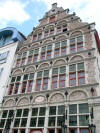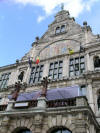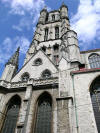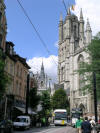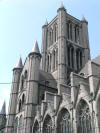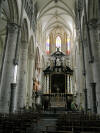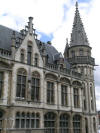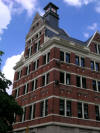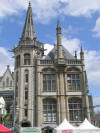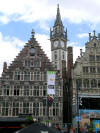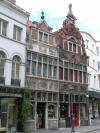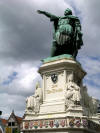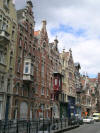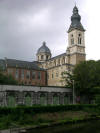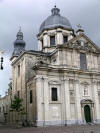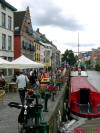Round The World and other travels
A frequent flyer's collection of trip diaries
July 2011: Ghent
Ghent - the local spelling is Gent, but pronounced with a hard 'g' - is a Flemish city of around a quarter of a million inhabitants. Although tourists routinely pass through it on the train between Brussels and Bruges, relatively few seem to realise that it is a beautiful and worthwhile destination in its own right. As Ghent is a major university town full of young people, locals like to believe that their city is a lot more fun than rival Bruges; personally, I like them both. Certainly, Ghent is widely recognised for its ability to combine the historical and the contemporary, and for having a particularly progressive and open-minded outlook.
The main attraction for the visitor is the beautifully preserved medieval architecture, which ranges from canal-side narrow houses and shops through to churches and castles. An especially tourist-friendly feature is that the historic central area forms Belgium's largest pedestrian zone. Due to a planning mishap, I managed to make my visit coincide with the annual ten-day festival, so that the famous Graslei area was half-obscured by all the temporary paraphernalia associated with open-air pop music.
